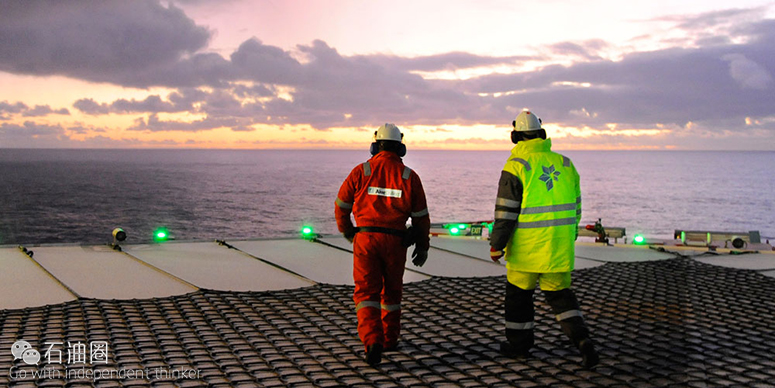A persistently low oil price is starting to bite, pushing up unemployment by more than expected and hitting house prices in Stavanger, Norway’s answer to Houston. After 20 years of oil-fuelled growth that not even the global financial crisis could interrupt there are concerns locally about what happens next, especially if the lay-offs in the petroleum sector increase.
At the same time, a chill has been cast over the prospects for Arctic oil. Shell’s plans to drill in Alaska — one of the most contentious projects — is still moving ahead but dozens of others have been put on hold. From Canada and Greenland to Russia and Norway, oil companies are cutting what is easiest to cut: long-term exploration. For example, this year, Statoil, Norway’s state-owned and biggest energy group, is drilling no wells in the Barents Sea, the country’s main oil region above the Arctic Circle.
So is this the end of Norwegian Arctic oil? Some analysts have likened today’s market conditions to those of the 1980s, when oil companies cut spending and jobs after a Saudi Arabian grab for market share in 1986. A number of discoveries were made in the Barents Sea in the 1980s but the region was then abandoned for decades.
This time, however, companies are answering the question with a resounding No. This year may have been quiet in the Barents Sea but next year is likely to be much busier.
Rystad Energy, a Norwegian consultancy, estimates that less than 10 per cent of the 50 or so wells to be drilled this year in Norway will be in the Barents Sea. Next year, it is forecasting a third of the 45 exploration projects will be in the Norwegian Arctic.
On top of that, bidding interest is expected to be keen in Norway’s next oilfield licensing round next year, in which the first new acreage in 20 years will be offered. Those fields are in the Barents Sea and are being licensed after a four-decade border dispute with Russia was recently resolved.
Faroe Petroleum, the small London-listed explorer, has confirmed this trend towards increased Arctic exploration. Helge Hammer, its chief operating officer, says that after drilling no wells in 2015 in the Barents Sea, Faroe will drill two next year, although it is likely to reduce the total number from an original target of five to three or four.
There are two basic attractions. The Barents Sea is potentially one of the last big oil provinces that is easily accessible, and costs have come down. Mr Hammer cites a halving in the price of a rig to $300,000 a day — lowering the break-even level for exploration projects.
Nils-Henrik Bjurstrøm, exploration analysis manager at Rystad, says Barents Sea projects will make money at $60-80 per barrel. That is lower than many deepwater projects such as those off Angola. Norway’s tax system also helps to spur exploration.
But challenges remain. While there have been successes — Sweden’s Lundin Petroleum made a big discovery in the Barents Sea in 2014, and Italy’s Eni will start the first oil production there this year — there have also been big disappointments. Statoil has delayed the development of its Johan Castberg field, the biggest find so far in the Barents Sea, after a follow-up drilling campaign failed.
A key test could be the new licensing round. Interest in seismic data from the Barents Sea was high among potential bidders but industry executives expect a number of companies to drop out of the auction process.
A bigger public policy question is looming in Norway, too. Figures this week showed 36,000 jobs were lost in the country in the year to the end of June — a high number given that only 118,000 people were out of work nationwide in May.
“The thousand-krone question”, says Olav Chen, a fund manager at Storebrand, the insurer, is whether the government will blink and offer support to stricken workers and the industry. Certainly, problems in the oil sector are spilling over into the rest of the economy, with Nordea, the bank, expecting just 0.1 per cent growth in the second quarter after 0.5 per cent in the first three months of 2015.
Norway’s situation may be far from a crisis as other countries would understand one. But after 20 years of unbroken sunshine, a few clouds are coming into view.

 石油圈
石油圈
